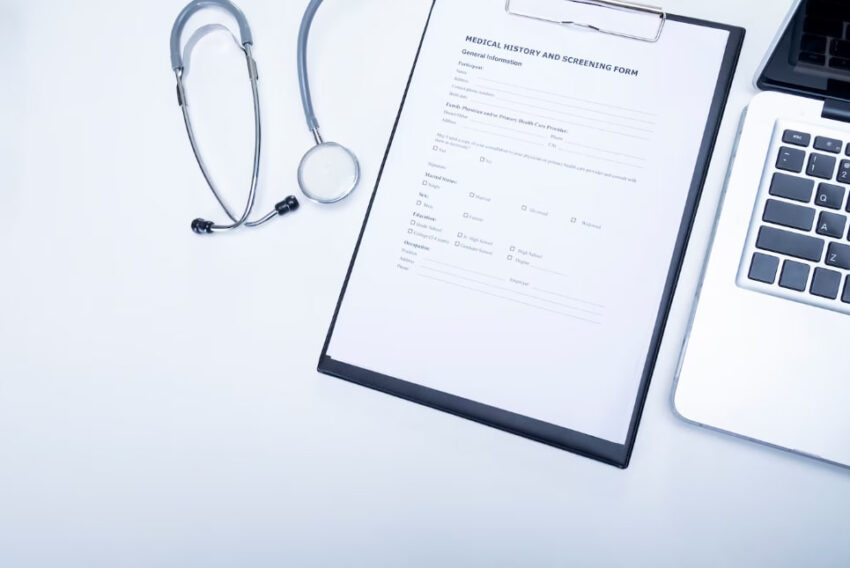Medical transcription is a valuable service in the healthcare industry because it enables more precise and efficient communication between healthcare providers and patients. In this blog, we will look at what medical transcription is, what the benefits and drawbacks of utilizing it are, and how it differs from medical report translation.
An Overview of Medical Transcription
The process of converting medical records and documents into written or digital form is known as medical transcription. Doctor’s notes, patient histories, lab results, and other medical documents are all included. Medical transcription and medical report translation are similar in that they both employ the same data and information to create a written or digital version of the medical record. It is significant because it enables medical practitioners to obtain patient information quickly and correctly, allowing them to make informed decisions about patient care.
Is There Still a Need For Medical Transcription?
As more healthcare facilities began to rely on digital records, the medical transcription sector has grown in recent years. Because of its accuracy, efficiency, and cost-effectiveness, medical transcribing is a popular career in the healthcare business. However, there are certain drawbacks to consider, such as the possibility of errors due to manual data entry. Medical transcriptionists, medical coding specialists, and transcription editors are all examples of medical transcription occupations.
When Accuracy is More Important Than Speed When Transcribing Medical Data
One of the most crucial parts of medical transcription is accuracy. It is critical to double-check each entry before submitting it in order to assure accuracy. It can assist to enhance accuracy by reading documents aloud or having someone else evaluate them before submission. Mistyping a word or number, omitting a word or number, or inputting inaccurate information are all examples of probable errors in medical transcribing.
Medical Report Interpretation
The process of translating medical paperwork from one language into another is known as medical report translation. This can entail, for example, translating patient charts and lab findings from English to Spanish. Improved patient contact and comprehension between healthcare providers and patients from diverse cultures or backgrounds are among the advantages of medical report translation. Translations of patient health history forms and clinical trial procedures are two examples of medical report translation.
The Benefits and Drawbacks of Medical Transcription
The benefits of medical transcribing include enhanced communication between healthcare providers and patients, as well as accuracy, efficiency, and cost-effectiveness. When dealing with sensitive patient data, accuracy is extremely critical because errors can lead to misdiagnosis or unsuccessful treatment plans. Furthermore, digitizing records provides for speedier access to patient information, which can enhance overall patient care and outcomes.
Yet, there are some disadvantages to consider. Manual data entry raises the possibility of errors owing to mistyping or omitting information. Furthermore, when dealing with sensitive patient data, there may be privacy concerns, as well as costs connected with hiring and training workers for medical transcribing services.
Conclusion
Medical transcription and medical report translation are both vital parts of healthcare that enable healthcare providers and patients to communicate more quickly and accurately. Medical transcription creates accurate records that can be utilized to make informed decisions about patient care, whereas medical report translation improves communication between healthcare personnel and patients from various cultures or backgrounds. These procedures provide significant advantages that can improve patient care and outcomes.
